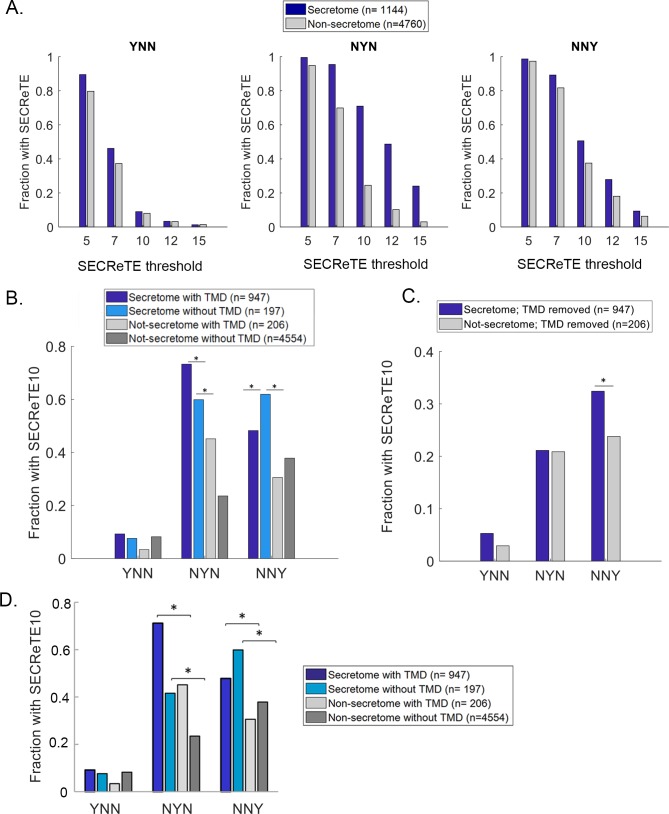Fig 2. SECReTE abundance in mSMPs is TMD-independent.
(A) SECReTE is abundant in the second position of the codon. SECReTE abundance was calculated for each codon position separately. SECReTE abundance in mSMPs is most significant in the second codon position (NYN), but significant differences were also detected in in the third position (NNY). *p≤ 9.9E-10, Chi-squared test. (B) SECReTE is also highly abundant in the mRNAs encoding soluble secretome proteins. SECReTE10 presence was examined separately for TMD-containing proteins and soluble secreted proteins. A higher fraction of mRNAs coding for soluble secreted proteins (Secretome without TMD; cyan) contains SECReTE in comparison to non-secretome transcripts, either with or without a TMD (Non-secretome with TMD; dark gray, Non-secretome without TMD; light gray). In the third codon position (NNY), the fraction of soluble secreted proteins is even larger than TMD-containing secretome proteins and is significant. *p≤3.03E-3, Chi-squared test. (C) SECReTE is abundant at the third position after removal of the TMD sequence. SECReTE10 presence was scored in mRNAs coding for membrane proteins after the encoded TMD was removed. SECReTE10 is significantly more abundant in the third position (NNY) in mRNAs encoding secretome proteins (blue) than non-secretome proteins (gray), even after removal of the TMD sequence. *p = 0.01, Chi-squared test. (D) SECReTE is highly abundant in mSMPs after the removal of the SSCR sequence. SECReTE10 presence in the different positions was scored after the regions encoding signal peptides were removed. Similar to the results shown in B, mRNAs coding for soluble secreted proteins (cyan) are enriched with SECReTE, in comparison to non-secretome transcripts without a TMD (light gray). In the third codon position (NNY), the fraction of soluble secreted proteins is larger than for TMD-containing secretome proteins and is significant. *p≤5.93E-3, Chi-squared test.

